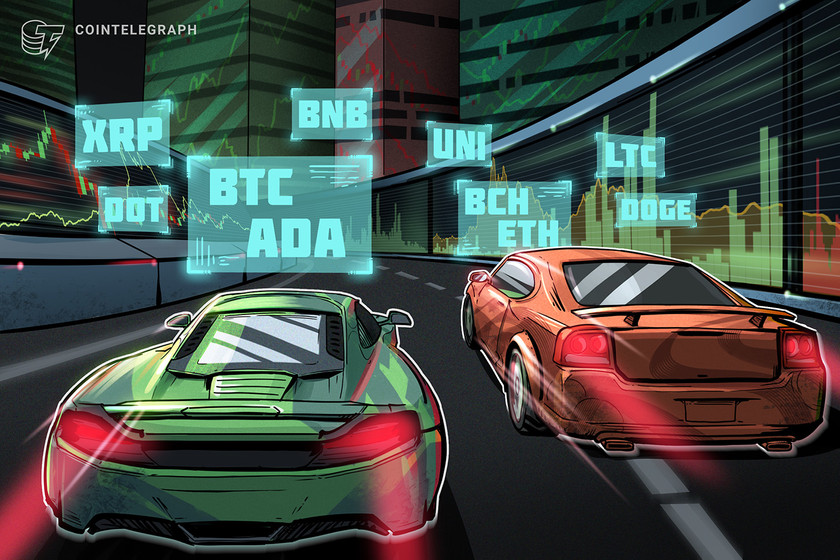Switzerland’s Financial Market Supervisory Authority (FINMA) has published a stablecoin-focused supplement to its existing guidelines for initial coin offerings (ICOs).
In a news release published on Sept. 11, FINMA takes note of the steadily proliferating issuance of stablecoins since mid-2018, as well as confirming that the Geneva-based Libra Association had sought an assessment by FINMA for its Facebook’s stablecoin project under Swiss law.
“Same risks, same rules”
FINMA’s introductory remarks outline that the watchdog treats stablecoins as it does other blockchain-based tokens, with a focus “on the economic function and the purpose of a token” and with a “same risks, same rules” approach that aims to be technology-neutral and principle-based.
Regulatory requirements for stablecoins there differ according to which asset(s) back the token — e.g. currencies, commodities, real estate or securities — and what the legal rights of its holders are.
Relevant requirements can therefore potentially extend across money laundering, securities trading, banking, fund management and financial infrastructure regulation.
FINMA confirms the Libra Association has sought an assessment
Facebook’s proposed Libra project in its current form, FINMA notes, would require a payment system license on the basis of Switzerland’s Financial Market Infrastructure Act (FMIA).
Swiss payment systems regulation adheres to prevailing international standards — notably the Principles for Financial Market Infrastructures (PFMI) — and includes provisions for cyber risk management and anti-money-laundering measures.
The regulator notes that any additional services that may increase the risks of a given payment system — such as bank-like risks — would be addressed by the imposition of additional regulatory requirements in line with FINMA’s “‘same risks, same rules” maxim.
Three key takeaways from FINMA’s approach to Libra
“Due to the issuance of Libra payment tokens, the services planned by the Libra project would clearly go beyond those of a pure payment system and therefore be subject to such additional requirements.”
Such additional requirements would apply to the Libra Association’s proposed capital allocation for credit, market and operational risks, its risk concentration, liquidity and management of the Libra Reserve.
FINMA notes that the Swiss payments system license has the advantage of allowing for a combination of banking and infrastructure regulatory provisions.
The watchdog further underscores that a necessary condition for the Libra network being granted a license as a payment system would be that:
“The returns and risks associated with the management of the reserve were borne entirely by the Libra Association and not — as in the case of a fund provider – by the ‘stable coin’ holders.”
A last important point from FINMA is that the international scope of Libra requires an internationally coordinated approach in order to establish the requirements for its reserve management, governance and AML system.
Cointelegraph reported earlier today on the context of the LIbra Association’s appeal to FINMA for an assessment of the proposed stablecoin network.









